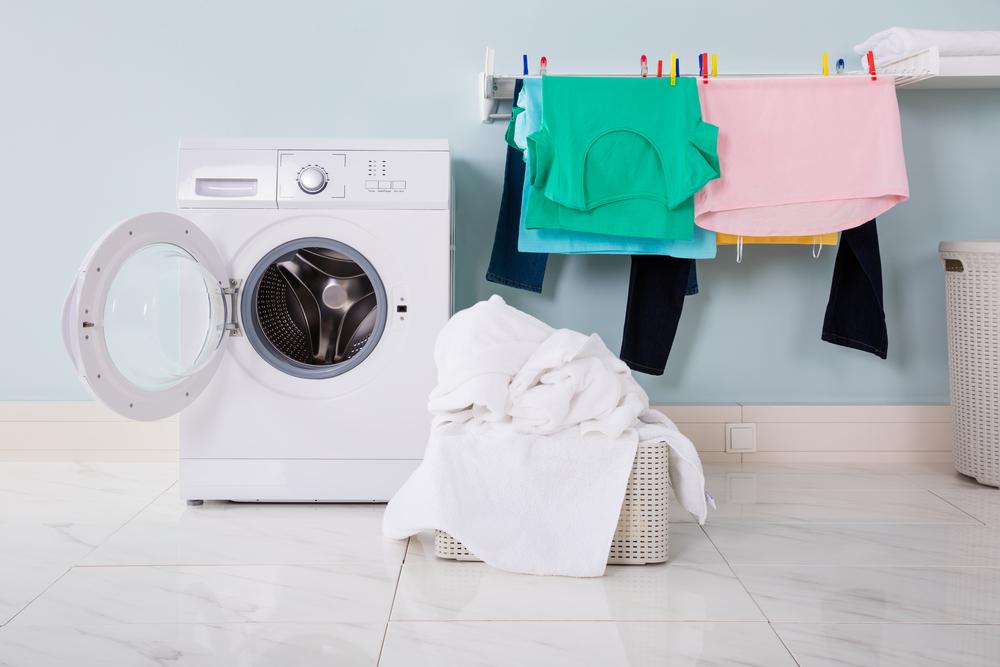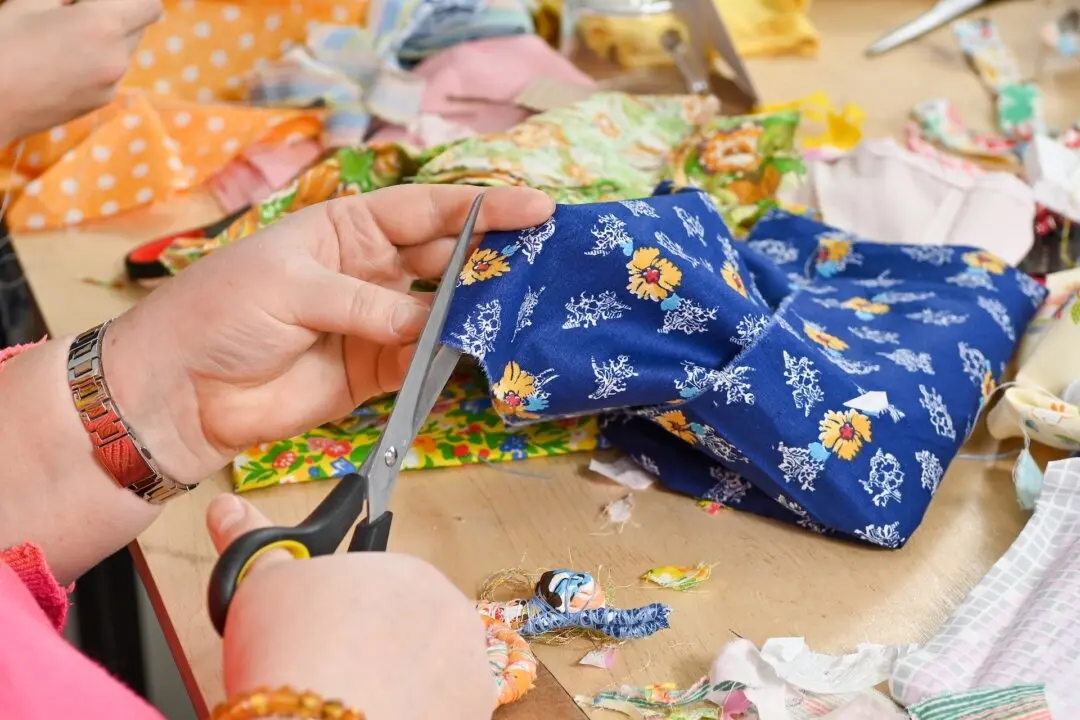If you routinely pluck big wads of lint from the trap of your clothes dryer, you should be wondering, “What is that, and where does all of it come from?” You emptied all pockets, and you’re certain you didn’t wash a bag of pillow stuffing.
I'll tell you what it is, because I face the same thing, and I am not happy about it: It’s visual proof the dryer is wearing out our clothes. Those fibers were neatly woven into the clothes only 30 minutes ago. For all the convenience a clothes dryer offers, it may come at the price of having to replace clothes far too often.




